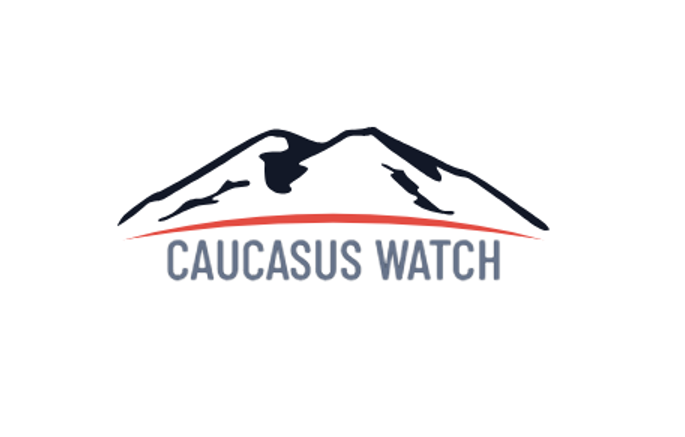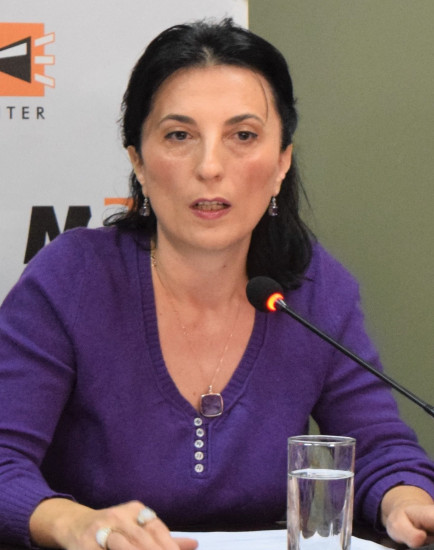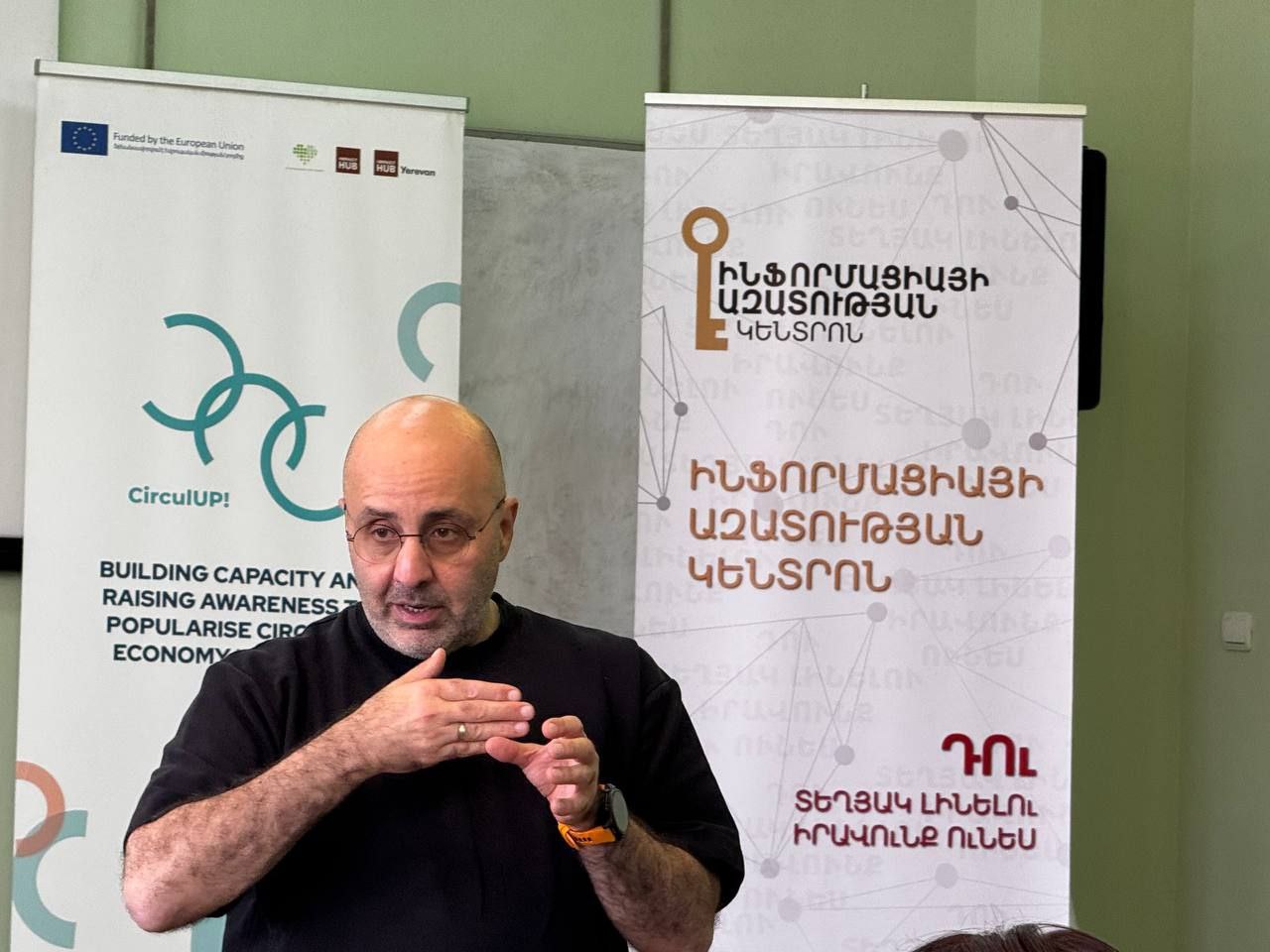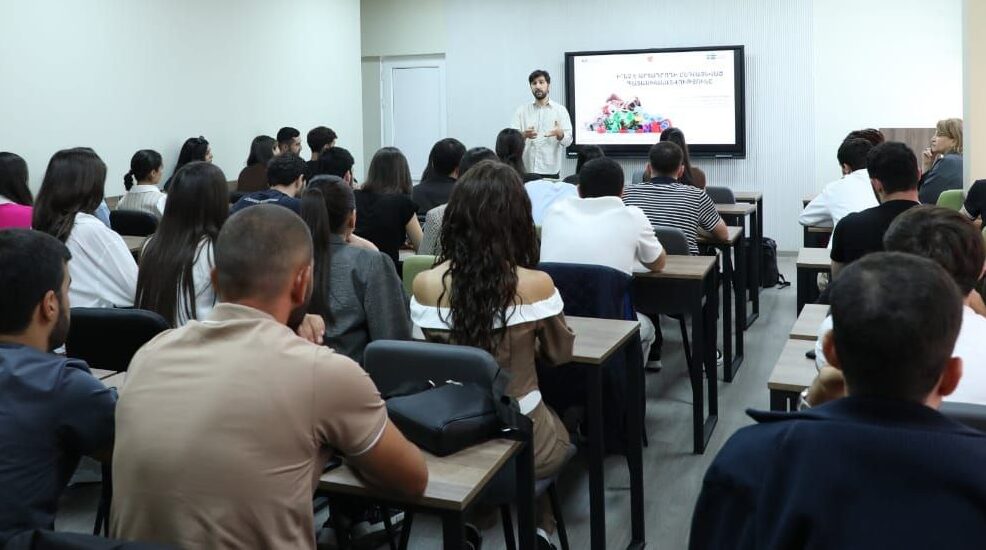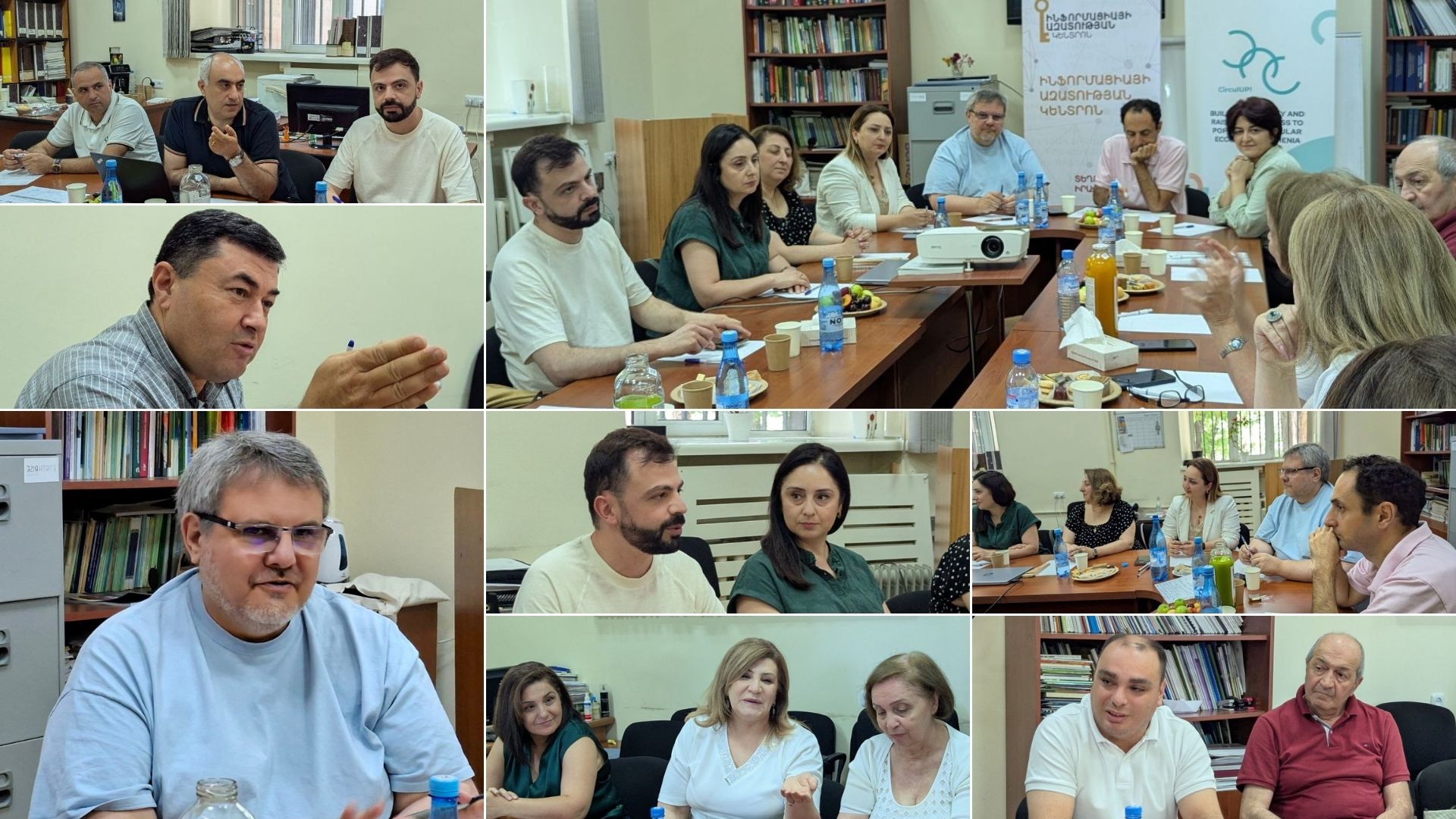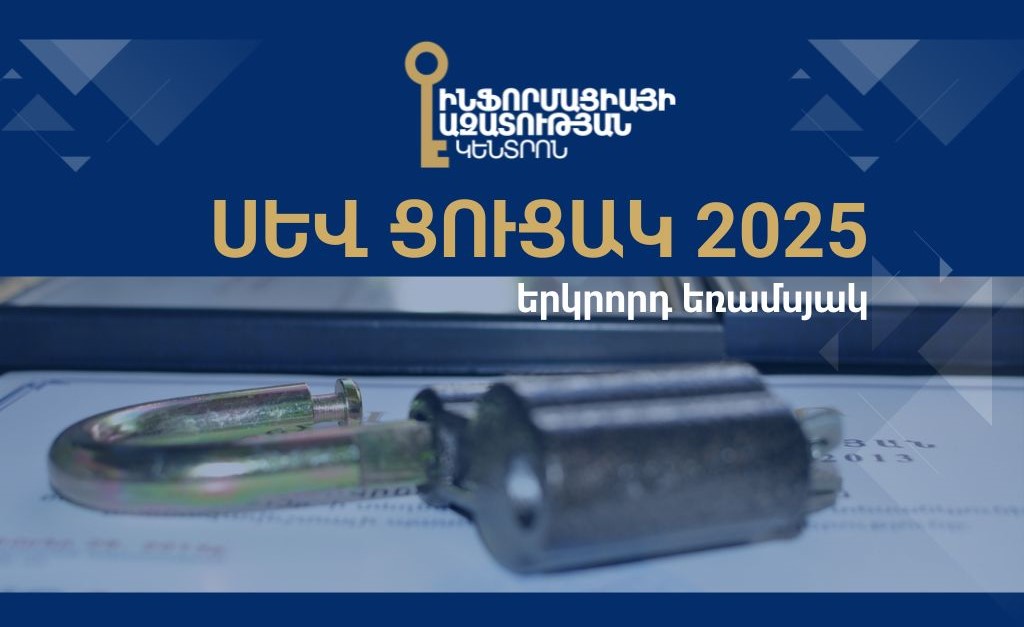Background: The U.S. Agency for International Development (USAID) has been the primary funding source for Armenia’s civil society since the 1990s. In the past five years, USAID’s programs have supported many Armenian NGOs, independent media outlets, and community initiatives, with an estimated $20 million allocated annually to civil society projects. These funds have strengthened key sectors, such as civic engagement (e.g., election monitoring, youth advocacy), education (curriculum reforms, youth programs), and environmental protection (community conservation projects). However, the sudden closure of USAID operations in 2025—part of a broader freeze on U.S. foreign aid—has shocked Armenia’s non-governmental organizations (NGOs). This policy insight examines the immediate impacts of USAID’s departure on Armenian civil society organizations (CSOs) and explores how they can adapt to maintain Armenia’s democratic development and sectoral resilience.
In the words of Shushan Doydoyan of the Freedom of Information Center, the situation, while a “cold shower,” is also an opportunity for civil society to “mobilize its resources” and innovate. If Armenian civil society can emerge from this crucible and become more self-reliant and connected to its citizen base, it will not only survive the exit of USAID but also chart a more sustainable future for the country’s democratic development.
The source: Caucasuswatch.de
Correspondent: Verej Isanians
Full article։ Here

